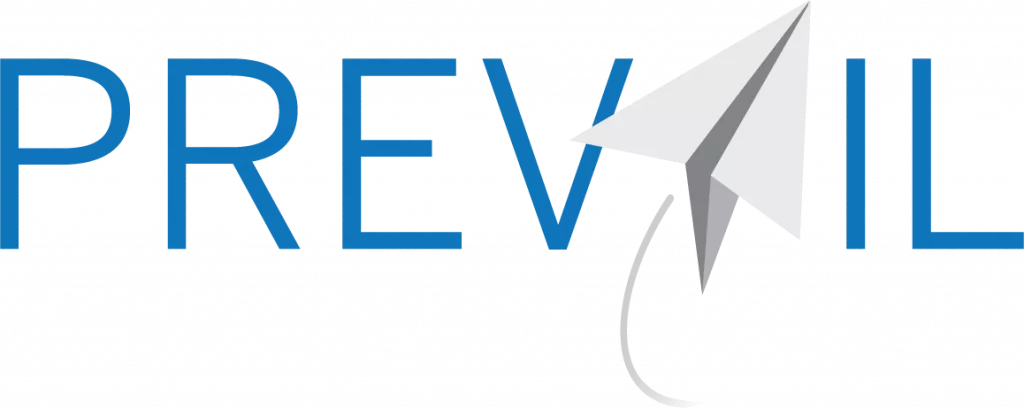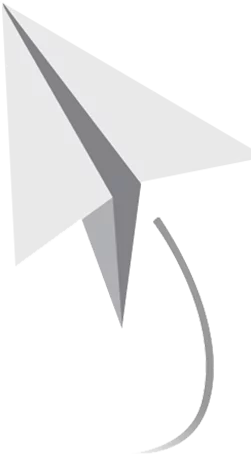Managing Retirement Savings Accounts
Retirement is not the end of your financial planning—it’s the beginning of a new chapter in wealth preservation. For retirees in Leawood and Kansas City, understanding how to effectively manage retirement savings accounts can be the difference between a stress-free retirement and outliving your savings. Traditional IRAs, 401(k)s, and Roth accounts all offer valuable benefits, but they also come with complex rules. The key is to optimize these accounts with smart strategies that protect income, minimize taxes, and support long-term goals.
One of the first things retirees encounter is the required minimum distribution (RMD). Starting at age 73, the IRS mandates withdrawals from traditional IRAs and 401(k)s. The amount is based on your account balance and life expectancy. These distributions are taxed as ordinary income, which can result in a higher tax bill and even impact Medicare premiums.
While RMDs provide structure and income, they also come with challenges. The pros include guaranteed income and the opportunity to use distributions for expenses or charitable giving through Qualified Charitable Distributions (QCDs). On the downside, they increase taxable income, can force withdrawals in down markets, and failing to take them on time results in significant penalties—up to 25% of the missed amount.
To stay ahead of these requirements, retirees in Kansas City and Leawood should consider consolidating retirement accounts, scheduling distributions throughout the year, and consulting with an advisor to ensure accuracy.
Another key strategy is managing withdrawals. The order and timing of withdrawals can greatly influence your tax liability. Many retirees benefit from a strategy that draws from taxable accounts first, then tax-deferred accounts, and finally Roth IRAs. This sequence can help keep you in a lower tax bracket longer and extend the life of your accounts.
Pros of strategic withdrawals include more control over your tax profile and the ability to delay Social Security for a larger benefit. However, this approach also requires active monitoring and may not suit everyone’s cash flow needs. Coordination with RMDs and other income sources adds another layer of complexity.
Roth IRA conversions are another option for retirees, particularly in the early retirement years when income may be lower. This strategy involves moving money from a traditional IRA to a Roth IRA and paying taxes on the converted amount now. The benefit? Future withdrawals from Roth accounts are tax-free, and Roths are not subject to RMDs.
The pros of Roth conversions include tax-free growth, more flexible income planning, and a powerful estate planning benefit. The cons? You’ll pay taxes upfront, which could temporarily push you into a higher tax bracket or increase Medicare premiums. Not everyone will benefit equally, so it’s important to evaluate whether the short-term tax cost is worth the long-term advantage.
Ultimately, managing your retirement savings is about aligning account rules with your personal retirement goals. Whether you want to minimize taxes, maximize legacy potential, or maintain predictable income, every choice—when to take RMDs, how to structure withdrawals, whether to convert to a Roth—can shape your financial future.
At Prevail IWS, we help retirees across Leawood and Kansas City navigate these decisions with precision. Our team tailor’s retirement account strategies that preserve wealth, reduce tax exposure, and ensure you get the most from every dollar you’ve saved.



















